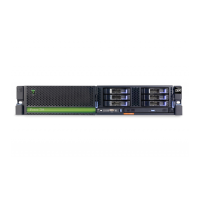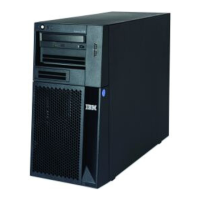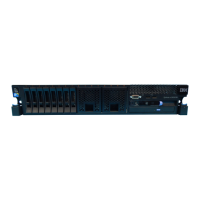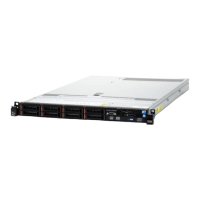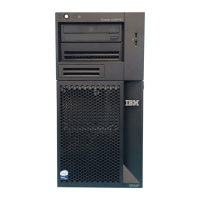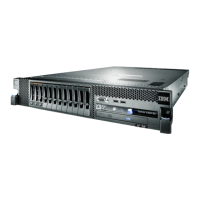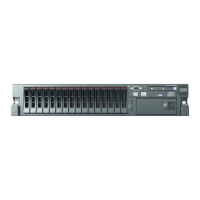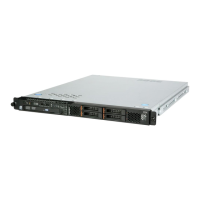IBM Licensed Programs: System Management Products, Services
712 iSeries Handbook
• The BRMS Console Monitor has been updated to support pass phrases of up to 128
characters.
• Increased support for traditional user ASPs from 16 to 32.
• Domino now includes incremental backup and restore of Domino server files. This
allows only changes since the previous backup or restore to be managed. Version
R5.0.7 or later of the Lotus Domino Server for iSeries (5769-LNT) is required.
Features
BRMS provides the iSeries server with support for policy-oriented setup and execution of
archive, backup, recovery, and other removable-media-related operations. BRMS uses a
consistent set of intuitive concepts and operations. The user interface is menu-driven or
certain functions are enabled through a GUI interface as a plug-in to Operations Navigator,
with list-supported windows and cursor-sensitive help consistent with OS/400. BRMS
facilitates centralized management of media by maintaining a consistent view of removable
media, its contents, location, and availability across multiple iSeries servers. Available tapes
are eligible for use by any participating iSeries servers that provides a common scratch pool.
When a tape is used, that usage is known by all participating iSeries servers.
The
automatic database file recall (Dynamic Retrieval)
facility enables archived files to be
restored automatically when they are opened by a program. This means that the user does
not need to be concerned about the data being accessed, whether it is on disk or tape.
Dynamic Retrieval
can be implemented without any changes to application code.
The
fast search
facility for files on tape improves the tape performance by positioning the tape
to the start block, rather than having to ship a file at a time. Fast search is supported on IBM
3480, 3490, 3490E, 3590, and 3570 tape drives.
The
archive, backup, and recovery
facilities enable the customer to establish how these
operations are to be performed. Media, whether used for backup or other operations, can be
managed and tracked in various ways (by volume ID, type, content, location, container,
quality, and so on).
Operation planning
facilities assist the customer in anticipating resources (devices, media,
operational steps, and so on). Operations are guided, making them less error-prone.
Policy support
enables the customer to define a hierarchical system of defaults, which makes
setup fast, easy, and consistent.
Hierarchical Storage Management
(HSM) provides the ability to reduce storage costs by
storing objects that are infrequently accessed on less costly storage media. Some of the
functions provided by HSM are:
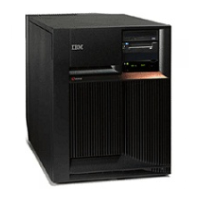
